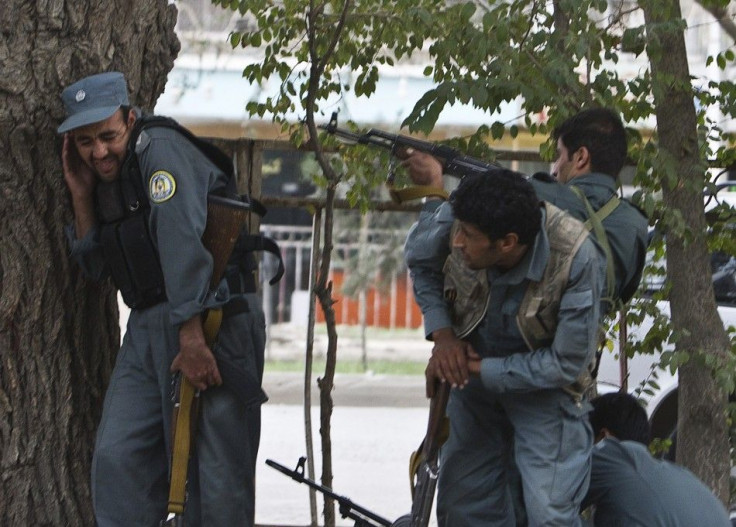U.S. Looks for Links Between Kabul, Mumbai Attacks

U.S. agencies are looking into possible similarities between the Sept. 13 attacks on U.S. and NATO targets in Afghanistan, and the November 2008 attack by militants on civilian targets in Mumbai, India.
Current and former U.S. counterterrorism officials told Reuters the comparison between the two attacks was being made as part of the U.S. government's examination of evidence linking the Kabul attack to Pakistan's principal intelligence agency, the Inter-Services Intelligence directorate, or ISI.
One point under examination is how phone calls, allegedly to ISI contacts back in Pakistan, were made by militants during the course of both attacks.
There are similarities between the two attacks that suggest an ultra-secret unit of ISI, known as S branch, carried out both of them, said Bruce Riedel, a former senior CIA analyst who has advised President Barack Obama on Afghanistan policy.
Top Pakistani officials have publicly denied the U.S. accusations of ISI involvement and warned Washington it risked losing an ally in South Asia.
On Thursday, Admiral Mike Mullen, chairman of the U.S. Joint Chiefs of Staff, told a congressional hearing that the Kabul attacks on the U.S. Embassy and NATO headquarters were carried out by operatives of the Haqqani network, a group of Afghan militants based over the border in Pakistan's tribal regions. The attack killed at least seven people and wounded 19.
Mullen described the Haqqani network as a veritable arm of ISI and said the group also carried out a Sept. 10 truck bomb attack in Afghanistan with the support of the Pakistani spy agency.
On Thursday, Riedel told Reuters the United States had evidence the attackers in Kabul telephoned people connected with ISI before and during their attack.
Earlier in the week, U.S. officials privately informed senior Pakistani officials visiting the United States that Washington had evidence linking ISI to the Kabul attacks, but declined Pakistani requests to produce the evidence, said a person familiar with discussions between the officials.
Information gathered by U.S. and Indian security and intelligence agencies in the wake of the 2008 Mumbai attacks, in which 166 people died, indicated they were carried out by operatives of Lashkar-e-Taiba, or LeT, a Pakistan-based militant group also with allegedly close ties to ISI.
David Headley, an American militant who allegedly helped LeT scope out targets in Mumbai, gave a lengthy statement to Indian government investigators alleging contacts between LeT and ISI. According to Headley every big action of LeT is done in close coordination with ISI, India's National Investigation Agency concluded.
The Mumbai attackers traveled to India by boat and laid siege for several days to high-profile civilian targets, including two luxury hotels, a railway station and a Jewish community center. By contrast, the recent attacks in Kabul were land-based and directed at official targets associated with the U.S. and NATO.
© Copyright Thomson Reuters 2024. All rights reserved.











